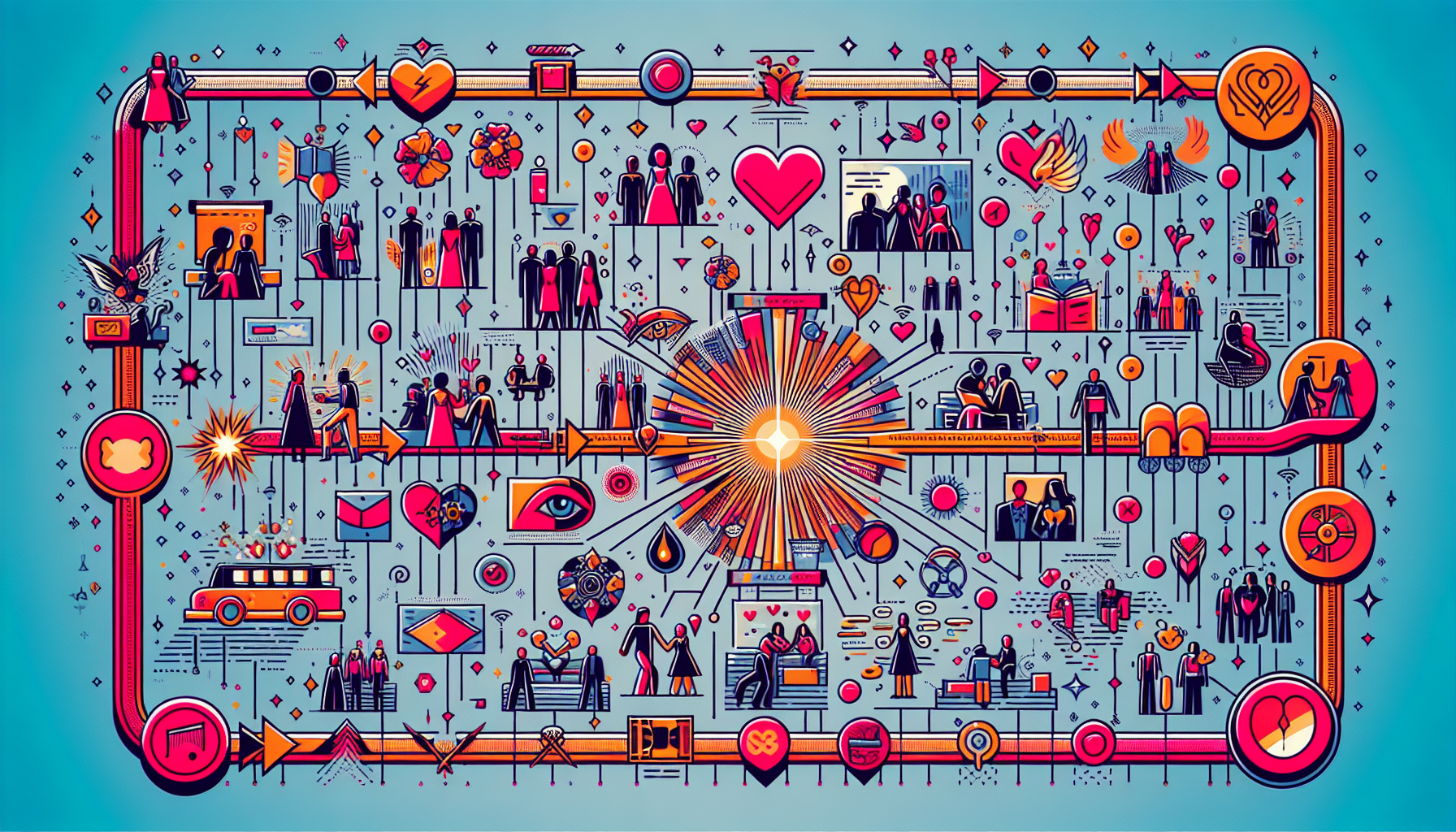Emerging Trends in Romance Cinema: A Guide for Screenwriters
Romance cinema has always been a beloved genre, resonating deeply with audiences around the world. From timeless classics to contemporary tales, love stories depicted on screen continue to evolve. As we navigate through a new era of filmmaking, certain emerging trends stand out, offering exciting opportunities for screenwriters. Understanding these trends is crucial for those looking to craft compelling and relevant romantic narratives.
1. Diverse and Inclusive Love Stories
The call for diversity and inclusion in cinema is louder than ever, and romance movies are no exception. Audiences are seeking stories that reflect the world’s diversity, including relationships that cross racial, cultural, and societal boundaries. LGBTQ+ love stories are receiving more visibility, moving beyond tokenism to become central narratives. There’s a growing appetite for stories that explore love in various forms and expressions, challenging traditional norms and showcasing underrepresented voices.
2. Emphasis on Realism and Relatability
The days of overly idealistic romance are giving way to narratives grounded in realism. Today’s viewers prefer characters and relationships they can relate to, with flaws, challenges, and growth that mirror their own experiences. This trend encourages screenwriters to create more nuanced and authentic love stories, addressing real-world issues like mental health, financial struggles, and the complexities of modern relationships.
3. Cross-Genre Romance
Romance is no longer confined to its genre but is increasingly blending with others to create rich, multi-layered narratives. Romantic elements are woven into action, sci-fi, horror, and even animated films, broadening the genre’s appeal. This cross-pollination not only attracts a wider audience but also opens up creative avenues for screenwriters to explore love stories in unconventional settings and contexts.
4. The Rise of Digital and Social Media Storytelling
The impact of digital and social media on modern relationships is a goldmine for contemporary romance narratives. Screenwriters are incorporating elements like online dating, long-distance relationships maintained through technology, and the influence of social media on romance. This trend not only adds a timely element to the story but also resonates with the digital-native audience, making the romance feel more accessible and realistic.
5. Non-linear Storytelling and Complex Narratives
Gone are the days of straightforward, predictable romance plots. Audiences now crave stories that challenge traditional narrative structures, including non-linear storytelling, flashbacks, and multiple perspectives. This approach allows for a more intricate exploration of love and relationships, giving screenwriters the freedom to experiment with pacing and perspective, and to delve deeper into the characters’ histories and motivations.
The landscape of romance cinema is shifting, propelled by societal changes, technological advancements, and evolving audience expectations. For screenwriters, these trends present a treasure trove of opportunities to reinvent the genre, tell more inclusive and compelling love stories, and connect with audiences in meaningful ways. By tapping into these trends, screenwriters can not only stay ahead of the curve but also contribute to the growth and diversity of romance cinema.







